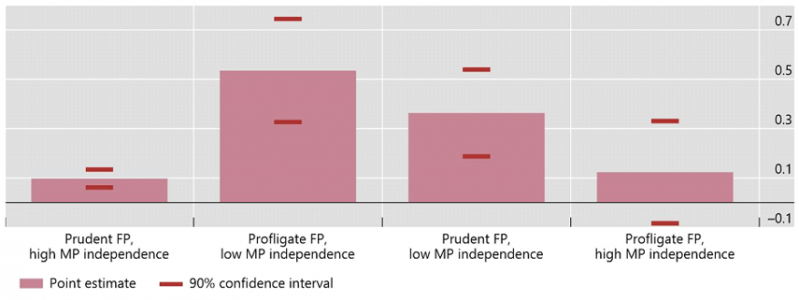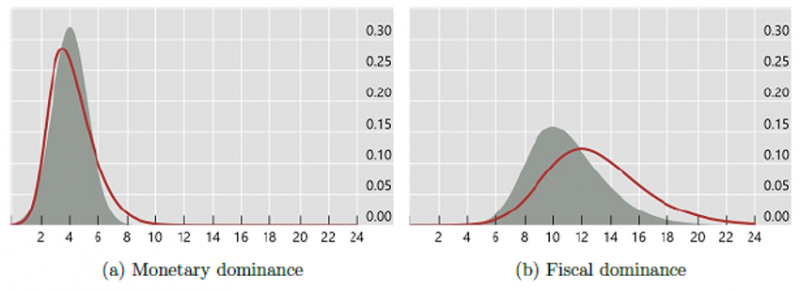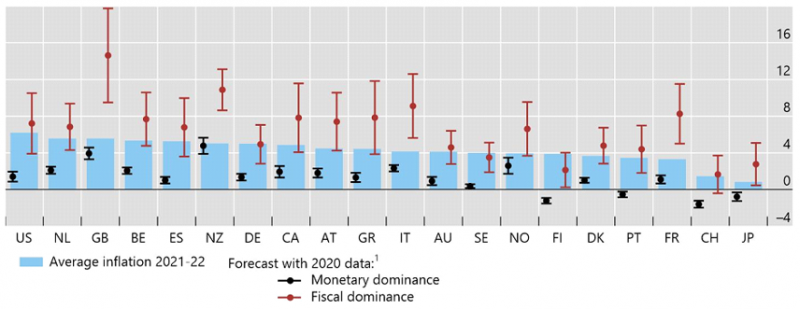References
Banerjee, R, J Contreras, A Mehrotra and F Zampolli (2020): “Inflation at risk in advanced and emerging market economies”, BIS Working Papers, no. 825.
Banerjee, R, V Boctor, A Mehrotra and F Zampolli (2022): “Fiscal deficits and inflation risks: the role of fiscal and monetary policy regimes”, BIS Working Papers, no. 1028.
Erceg, C and J Lindé (2014): “Is there a fiscal free lunch in a liquidity trap?”, Journal of the European Economic Association, 12, 73-107.
Krugman, P (2021): “Fighting Covid is like fighting a war”, The New York Times.
Leeper, E (1991): “Equilibria under ’active’ and ’passive’ monetary and fiscal policies”, Journal of Monetary Economics, 27, 129-147.
Leeper, E, N Traum, and T Walker (2017): “Clearing up the fiscal multiplier morass”, American Economic Review, 107, 2409-54.
Mauro, P, R Romeu, A Binder and A Zaman (2015): “A modern history of fiscal prudence and profligacy”, Journal of Monetary Economics, 76, 55-70.
Ramey, V (2019): “Ten years after the financial crisis: what have we learned from the renaissance in fiscal research?”, Journal of Economic Perspectives, 33, 89-114.
Romelli, D (2022): “The political economy of reforms in central bank design: evidence from a new dataset”, Economic Policy, forthcoming.
Sargent, T and N Wallace (1981): “Some unpleasant monetarist arithmetic”, Quarterly Review, Federal Reserve Bank of Minneapolis, 5.
Summers, L (2021): “The Biden stimulus is admirably ambitious. But it brings some big risks, too”, The Washington Post.
Woodford, M (2011): “Simple analytics of the government expenditure multiplier”, American Economic Journal: Macroeconomics, 3, 1-35.









